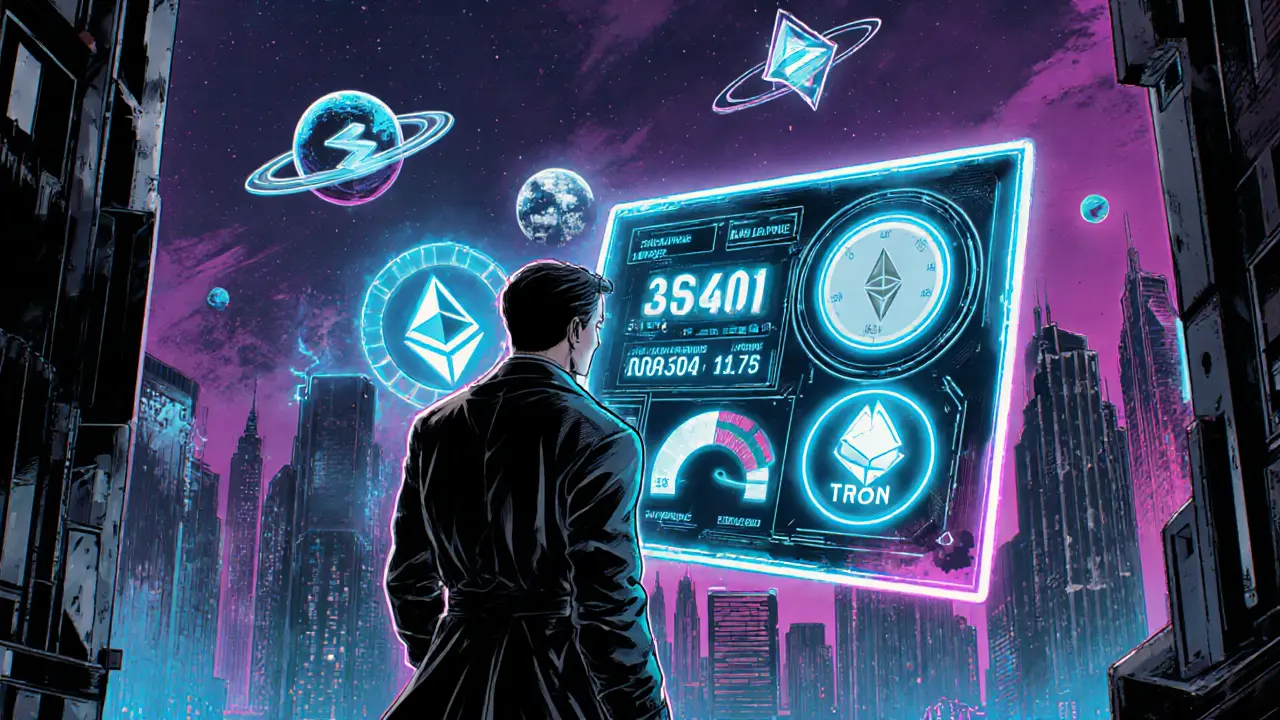Price Insights for Crypto Tokens and Markets
When you check price, the amount of money needed to buy an asset at a specific moment. Also known as cost, it mirrors demand, supply, and trading activity. In the crypto world, cryptocurrency price, the current trading value of a digital coin on an exchange is the most visible sign of market health. Meanwhile, token price, the price of a specific utility or governance token can swing based on project milestones, tokenomics, and community sentiment. Finally, an exchange rate, the conversion value between a crypto asset and a fiat currency or another crypto ties everything together, letting you compare Bitcoin against USD or Ethereum against USDT. All these pieces sit under the umbrella of price and shape what you see on the charts.
Key Factors Shaping Price
First off, volume matters. When a token sees high trading volume, price moves tend to be more reliable because many hands are involved. Low volume often means the price can be pushed up or down by a single big order, creating fake spikes. Second, market sentiment drives short‑term swings. News about a regulatory change, a big partnership, or a security breach can instantly push a price up or down. Third, token supply rules the long game. Fixed‑supply coins like Bitcoin have built‑in scarcity, which can support higher prices over time, while inflationary tokens might see gradual price pressure unless the project adds real value. Fourth, exchange listings matter—a new listing on a major platform adds liquidity and exposes the token to a broader audience, usually giving the price a boost. Lastly, macro trends such as fiat inflation or shifts in institutional interest can ripple through crypto prices, making the whole ecosystem react as a single wave.
Understanding these factors helps you read price charts with a clearer eye. For example, if you notice a token’s price jumping after a listing on a top exchange, the move is likely driven by fresh liquidity and new buyers, not just hype. If the price spikes on low volume and soon after drops, it could be a pump‑and‑dump pattern. When supply schedules, like token unlocks, are announced, watch for price dips as new tokens hit the market. And always keep an eye on broader market sentiment—when Bitcoin’s price climbs, many altcoins tend to follow, a phenomenon traders call “Bitcoin dominance.” By linking price changes to these concrete variables, you turn raw numbers into actionable insights.
Below you’ll find a curated set of articles that break down real‑world examples of price dynamics. We cover everything from exchange reviews that affect price stability, to airdrop announcements that can temporarily inflate token value, and deep dives into specific coins like Wolf Skull (SKULL) or Decred (DCR). Whether you’re hunting for the next entry point, trying to understand why a privacy coin got delisted, or simply want to see how block time impacts transaction speed and thus price, the collection gives you practical tools and clear explanations. Dive in, and you’ll walk away with a solid grasp of what moves price in the crypto space.
Anatolia Token (ANDX) is a multi‑chain DeFi token with zero circulating supply, limited liquidity, and unclear roadmap. Learn its specs, price, how to trade, and key risks.

